








WWW.AQWGY.NET
Biological Model Making Activity
If plants are the masterpieces of nature, then cells are the 'smallest pixels' that make up this masterpiece. When cells, seeds, leaves and flowers are given form in the hands, the microscopic structure of the plant is magnified. Let's join the biology model-making activity organized by the Junior High School Department of the east campus, taking a look at the microscopic kingdom magnified by students' ingenious designs, and discovering the extraordinary beauty of the plant world.


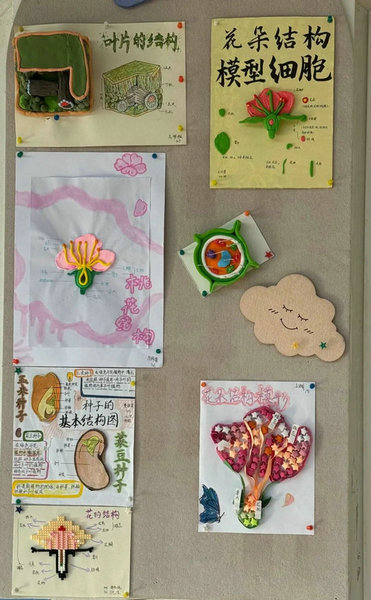
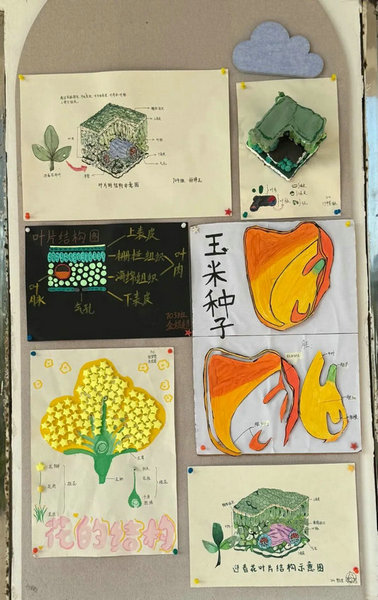






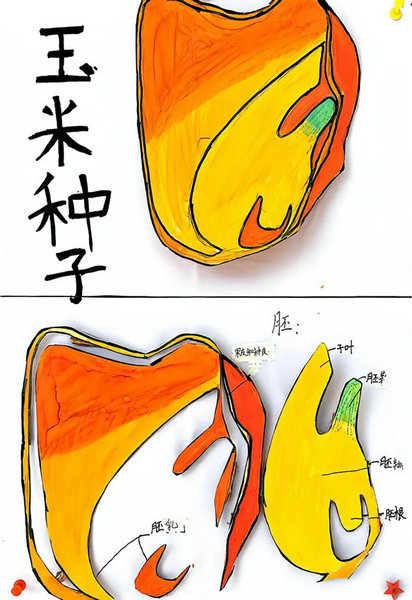
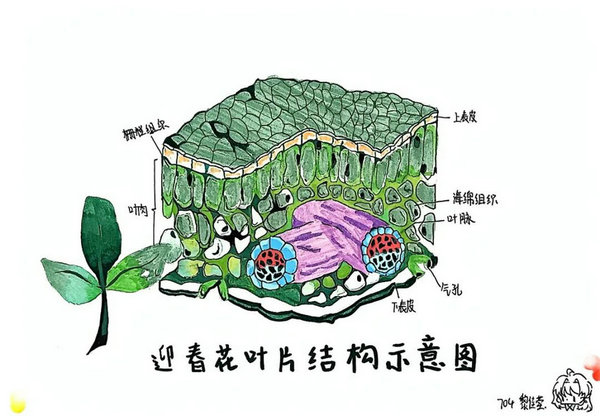


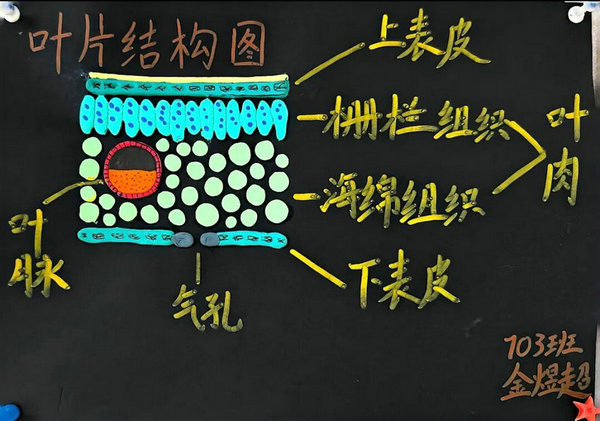
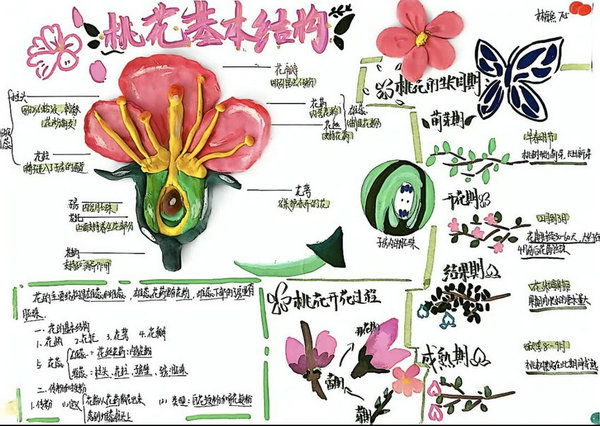

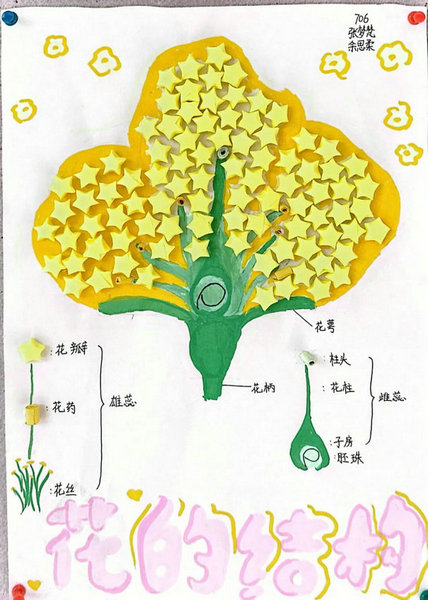
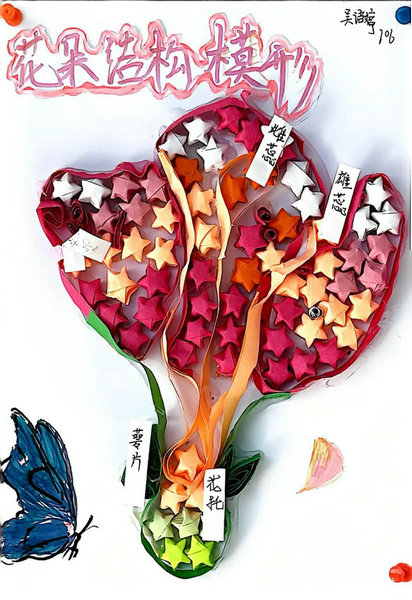
To start with, the roundness of the cell nucleus, the regularity of the cell wall, and the vitality of the chloroplasts - the photosynthetic fluorescent pigments of the chloroplasts illuminate the 'life light' of the 'cell' in the dark. Evidently, each model is not merely a replication of the structure, but also a vivid interpretation of 'how life operates at the microscopic level'.
What's more, a tiny seed contains all the possibilities for growing into a towering tree. Specifically, in the 'Seed Structure' work, brown clay is used to create the tough seed coat, and inside is filled with yellow particles to simulate the endosperm. By gently lifting it, we can clearly see the orderly arrangement of the radicle, germ, and cotyledons. These works make 'seed germination' no longer just words in textbooks, but a tangible 'guide to initiating life' that is within reach.
Furthermore, leaves are the 'energy workshop' of plants, and the model is the 'three-dimensional blueprint' of this workshop. From the guard cells on the epidermis, to the palisade and spongy tissues in the mesophyll, and finally to the veins that transport nutrients, every detail has been meticulously crafted. Additionally, from this, it seems as if we can see the sunlight passing through the leaves, playing the 'photosynthesis symphony' among the cells.
Last but not the least, flowers are the 'reproductive messengers' of plants. From the protection of the sepals, our attraction of the petals, to the anthers of the stamens and the ovary of the pistil, it turns out that the 'reproductive wisdom' of plants is hidden within these intricate structures.
In a nutshell, from microscopic cells to complete flowers and fruits, our students used their creativity to break through the cognitive boundaries of 'plant structure', turning the knowledge points in textbooks into tangible and visually appealing three-dimensional works. Therefore, let us honor life and honor science, because when we are willing to take a close look at the microscopic world of plants, we will discover that every cell, every seed, and every leaf contains the most exquisite design of nature.



















CORYRIGHT © 2011 WWW.AQWGY.NET. ALL RIGHTS RESERVED